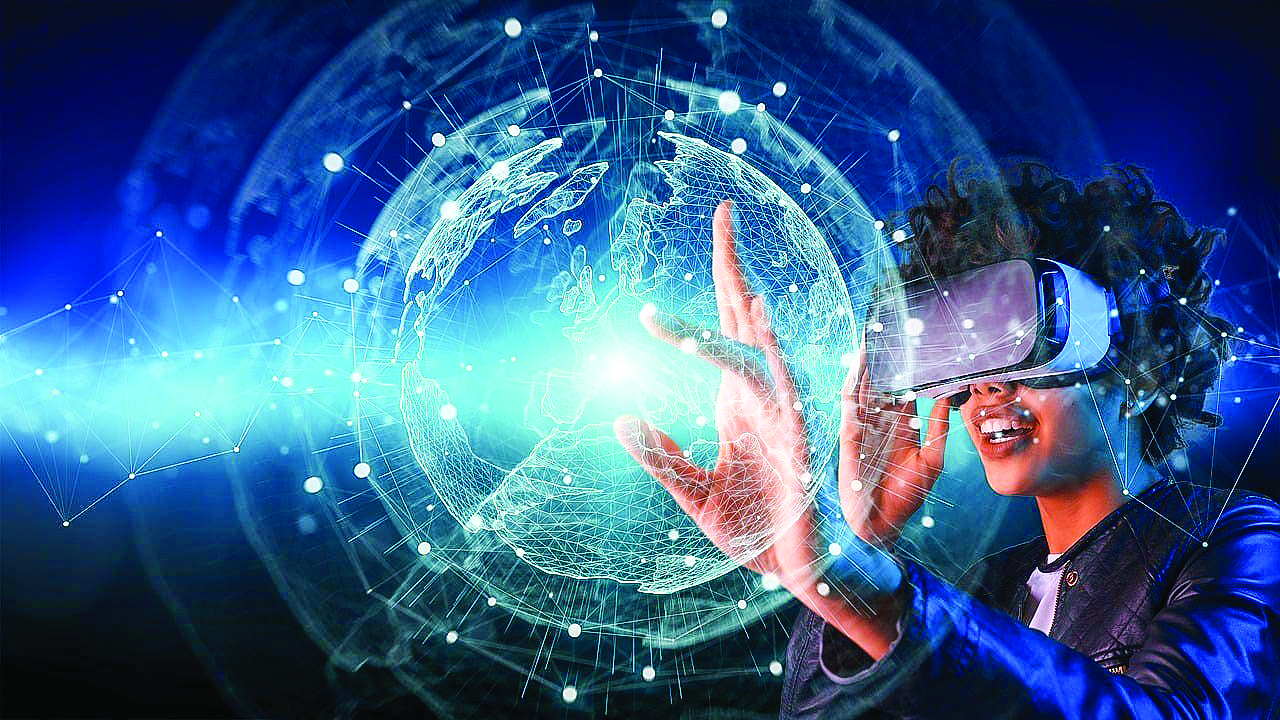
Augmented Reality (AR) is a transformative technology that overlays digital information onto the real world, enhancing the user’s perception and interaction with their environment. This innovative technology is increasingly being adopted across various industries due to its ability to provide immersive experiences, improve efficiency, and offer new ways of engagement.
In today’s article, let’s explore how AR is making a significant impact across different sectors.
1. Retail
AR is revolutionizing the retail industry by enhancing the shopping experience both online and in physical stores.
=Virtual Try-Ons: Customers can use AR to try on clothes, accessories, and makeup virtually. Apps like Sephora’s Virtual Artist allow users to see how different makeup products look on their faces without physically applying them.
=Interactive Store Displays: Retailers like IKEA use AR to help customers visualize how furniture and decor items will look in their homes before making a purchase.
=Product Information: AR-enabled apps can provide detailed information about products by simply scanning them, enhancing the in-store experience.
2. Healthcare
In healthcare, AR is improving patient outcomes, training, and operational efficiency.
=Surgical Assistance: Surgeons use AR to overlay critical information, such as patient vitals and 3D images of organs, directly onto their field of view during procedures. This helps in making precise incisions and avoiding critical areas.
=Medical Training: AR provides medical students and professionals with realistic simulations of surgical procedures and anatomy. Tools like Microsoft’s HoloLens are used to teach anatomy and complex surgical techniques.
=Patient Care: AR can assist in explaining complex medical conditions and procedures to patients, improving their understanding and compliance with treatment plans.
3. Manufacturing
AR is enhancing the manufacturing industry by streamlining processes and improving safety and efficiency.
=Maintenance and Repair: AR can guide workers through maintenance and repair procedures with step-by-step instructions overlaid on the equipment, reducing errors and downtime.
=Quality Control: Inspectors can use AR to identify defects and inconsistencies in products by comparing real-time images with digital models.
=Training: AR provides hands-on training for workers by simulating complex machinery operations and safety protocols, making training more effective and engaging.
4. Education
AR is transforming education by making learning more interactive and immersive.
=Interactive Learning: AR can bring textbooks to life by adding 3D models, videos, and interactive content, making learning more engaging for students.
=Virtual Field Trips: Students can take virtual field trips to historical sites, museums, and even outer space, providing experiences that would be impossible in a traditional classroom.
=Skill Development: AR-based training modules help students and professionals develop practical skills in areas like engineering, medicine, and art by providing realistic simulations.
5. Real Estate
The real estate industry is leveraging AR to provide better experiences for buyers and tenants.
=Virtual Property Tours: Potential buyers and tenants can take virtual tours of properties, exploring every detail without having to be physically present. This is particularly useful for international buyers.
=Interior Design: AR apps allow users to visualize different design options, furniture placements, and color schemes within a property, helping them make more informed decisions.
6. Tourism and
Hospitality
AR is enhancing the tourism and hospitality industry by providing more immersive and informative experiences.
=Tour Guides: AR apps can serve as virtual tour guides, providing historical facts, stories, and directions as tourists explore cities, museums, and landmarks.
=Hotel Experience: Hotels use AR to offer interactive room features, such as virtual concierge services, local attractions information, and room control systems.
7. Entertainment and Gaming
The entertainment and gaming industry has been a pioneer in adopting AR to create engaging and immersive experiences.
=Games: AR games like Pokémon GO and Harry Potter: Wizards Unite blend the real world with digital characters and environments, creating a unique gaming experience.
=Live Events: Concerts, sports events, and theater performances use AR to enhance the experience with interactive elements, such as real-time stats, 3D effects, and additional content.
8. Automotive
AR is driving innovation in the automotive industry by enhancing safety, design, and user experience.
=Heads-Up Displays: Modern vehicles are equipped with AR heads-up displays that project important information, such as speed, navigation, and hazard alerts, onto the windshield.
=Design and Prototyping: AR helps designers and engineers visualize and modify vehicle designs in real-time, speeding up the prototyping process.
=Repair & Maintenance: AR applications guide technicians through complex repair procedures, improving accuracy and reducing time spent on maintenance.
Augmented Reality is proving to be a versatile and valuable technology across various industries. Its ability to merge digital content with the real world is not only enhancing user experiences but also improving operational efficiency, safety, and learning.
As AR technology continues to evolve, its applications are likely to expand further, bringing even more innovative solutions to different sectors. Jump into the world of AR today and watch your business transform! Reach Skill Bud to explore more & stand out in your competitive landscape!
The author is the founder of Skill Bud Technologies Pvt. Ltd., a tech company that specializes in Website Development, Augmented Reality, Web 3.0, Metaverse and Digital Marketing. He is also an Author, Speaker, Mentor and helps startups & businesses grow with technology.















